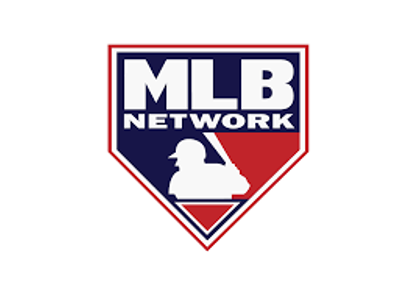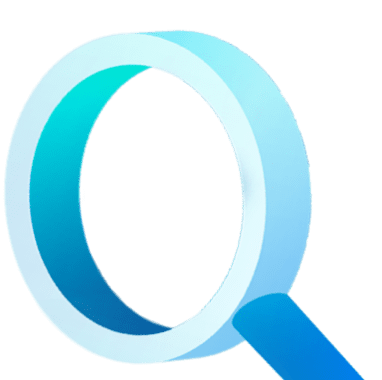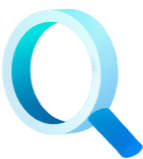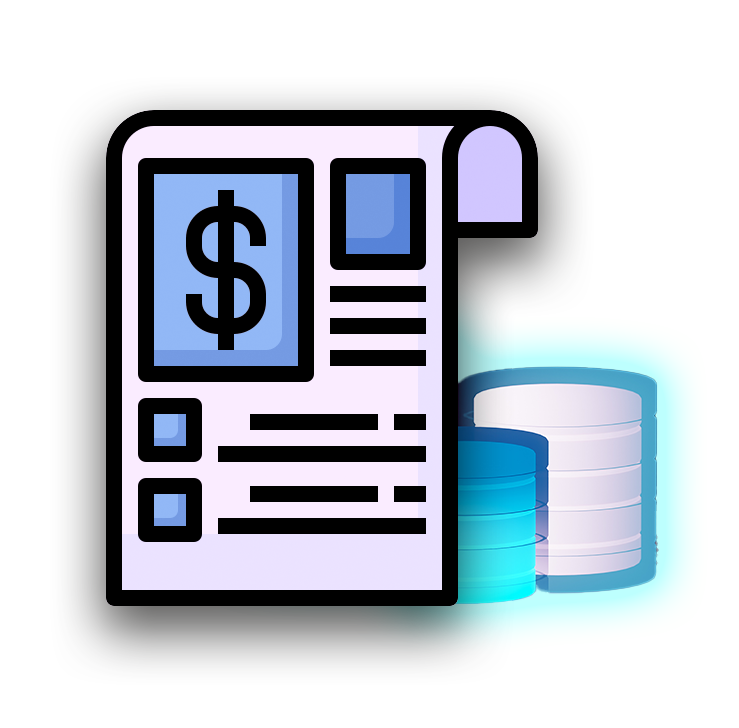Today we’re excited to announce the release of StandbyMP 12.2, delivering improved performance and.
Whether you're looking to transition from proprietary databases or simply expand your database expertise, this blog will provide insights into PostgreSQL’s potential, key features, and the ecosystem that supports it. In our recent webinar, which you can watch here, much of this material was covered by Umair Shahid (Founder of Stormatics).
See a snippet of it below:
PostgreSQL overview
PostgreSQL stands out among relational databases due to its:
1. Key features:
-
-
Standards compliance: Fully adheres to SQL standards while providing advanced capabilities such as JSON/JSONB for semi-structured data.
-
Reliability and performance: Ensures ACID compliance for transactional integrity while employing Multi-Version Concurrency Control (MVCC) to handle concurrent transactions seamlessly.
-
Cross-platform flexibility: Compatible with multiple operating systems, from Linux to Windows.
-
2. Extensibility: Supports custom data types, procedural languages, and, importantly, a multitude of extensions that can tailor functionality to specific use cases.
3. Broad developer adoption: PostgreSQL’s open-source nature and extensibility encourage developers to contribute to its growth. Its extensibility particularly helps developers to build plugins, define new functions, and experiment with unique use cases. This culture of innovation has made PostgreSQL a key tool for:
-
-
Creating scalable web applications.
-
Powering analytics platforms.
-
Building specialized databases for niche applications like geospatial or time-series data.
-
4. Developer-driven adoption: PostgreSQL’s rising popularity among developers, as highlighted by surveys like DB-Engines, underscores its appeal. Developers favor PostgreSQL because:
-
-
It is open-source.
-
It supports a wide range of programming languages.
-
Its robust community provides extensive documentation and tools.
- It simplifies integration with modern development frameworks and platforms.
-
PostgreSQL is a trusted platform
A recent survey by Redhat (The State of Enterprise Open Source Report) demonstrates the growing trust in PostgreSQL and open-source development in general.
.png?width=756&height=367&name=Increasing%20levels%20of%20trust%20for%20PG%20%20(2).png)
For those who have transitioned or are considering a move to PostgreSQL, the decision is not just about cost but also about quality. The key reasons listed are:
1) Better security: 32%
2) Higher quality software: 32%
3) Ability to leverage open source technology: 28%
4) Cloud-native technology: 26%
Cost savings with PostgreSQL
While not the primary driver for adoption, PostgreSQL can still offer significant savings over other enterprise database technologies.
PostgreSQL saves you money by combining its open-source nature with exceptional performance, scalability, and advanced features, and in many cases removing the need for proprietary database licenses. Its rich ecosystem of extensions and tools allows businesses to tailor solutions to their needs without additional licensing costs.
- Eliminating licensing fees: As a fully open-source solution, PostgreSQL removes the need for proprietary database licensing costs. This allows organizations to allocate resources to areas such as architecture improvement, infrastructure and talent.
- Reducing operational overheads: PostgreSQL’s modern architecture and community-driven innovation can translate to lower maintenance costs. Frequent updates and an active ecosystem help users access the latest features without additional charges.
- Long-term flexibility: Organizations are not locked into a specific service provider, meaning providers are evaluated based on their service quality and support. This flexibility ensures PostgreSQL remains a cost-effective, well-serviced solution for evolving business needs.
While making a direct 'apples-to-apples' comparison of pricing models is challenging, below is a brief overview of the current licensing costs compared to Oracle.

[Source: Stormatics – 2024]
So it’s cost-effective, but does it have all the features we need?
Below is a list of features from postgresql.org, with more features added in each release. But more importantly than any specific feature, PostgreSQL is highly extensible, with a huge ecosystem of extensions services and products built around it, such as our own Dbvisit Standby MultiPlatform (StandbyMP), which provides simplified, multi-platform Disaster Recovery (DR) software.
Key PostgreSQL features:
-
Data types
-
Primitives: Integer, Numeric, String, Boolean.
-
Structured: Date/Time, Array, Range / Multirange, UUID.
-
Document: JSON/JSONB, XML, Key-value (Hstore).
-
Geometry: Point, Line, Circle, Polygon.
-
Customizations: Composite, Custom Types.
-
-
Data integrity
-
UNIQUE, NOT NULL.
-
Primary Keys.
-
Foreign Keys.
-
Exclusion Constraints.
-
Explicit Locks, Advisory Locks.
-
-
Concurrency and performance
-
Indexing: B-tree, Multicolumn, Expressions, Partial.
-
Advanced Indexing: GiST, SP-Gist, KNN Gist, GIN, BRIN, Covering indexes, Bloom filters.
-
Sophisticated query planner/optimizer, index-only scans, multi-column statistics.
-
Transactions, Nested Transactions (via savepoints).
-
Multi-Version Concurrency Control (MVCC).
-
Parallelization of reading queries and building B-tree indexes.
-
Table partitioning.
-
All transaction isolation levels are defined in the SQL standard, including Serializable.
-
Just-in-time (JIT) compilation of expressions.
-
-
Reliability, Disaster Recovery and High Availability
-
Write-ahead Logging (WAL).
-
Replication: Asynchronous, Synchronous, Logical.
-
Point-in-Time Recovery (PITR), active standbys.
-
Tablespaces.
-
-
Security
-
Authentication: GSSAPI, SSPI, LDAP, SCRAM-SHA-256, Certificate, and more.
-
Robust access-control system.
-
Column and row-level security.
-
Multi-factor authentication with certificates and an additional method.
-
-
Extensibility
-
Stored functions and procedures.
-
Procedural Languages: PL/pgSQL, Perl, Python, and Tcl. There are other languages available through extensions, e.g. Java, JavaScript (V8), R, Lua, and Rust.
-
SQL/JSON constructors, query functions, path expressions, and JSON_TABLE.
-
Foreign data wrappers: connect to other databases or streams with a standard SQL interface.
-
Customizable storage interface for tables.
-
Many extensions provide additional functionality, including PostGIS.
-
-
Internationalisation and text search
-
Support for international character sets, e.g. through ICU collations.
-
Case-insensitive and accent-insensitive collations.
-
Full-text search.
-

[Source: Stormatics – 2024]
It takes a village: Leveraging the PostgreSQL ecosystem
The PostgreSQL ecosystem has experienced remarkable growth, driven by the proliferation of third-party solutions designed to enhance and support PostgreSQL implementations. From monitoring and backup tools to High Availability (HA) frameworks and cloud-native extensions, this vibrant ecosystem ensures that PostgreSQL meets the needs of diverse workloads. Solutions like StandbyMP, PgBackRest, PgBouncer, Citus, pgvector, PostGIS, and many others provide specialized functionality.
While it can be a little daunting to navigate this vast ecosystem at first, the expansion ensures that businesses have access to cutting-edge tools and expertise, simplifying adoption and optimizing PostgreSQL for everything from small-scale applications to large enterprise deployments.

Enhancing PostgreSQL DR with Dbvisit StandbyMP:
While PostgreSQL’s native capabilities are robust, Dbvisit StandbyMP offers additional layers of usability and functionality, particularly for organizations seeking DR that are easier to deploy and self-manage. Its features include:
- User-friendly Interface: A graphical dashboard streamlines operations and simplifies DR management.
- Clear, real-time monitoring: The status of DR configurations is continually monitored with full alerting functionality.
- Automation and speed: Actions can be automated or simplified to single-click (or command) decisions.
- Full CLI and API: Integrate StandbyMP into your software stack
Organizations adopting StandbyMP report faster implementation times and lower operational overhead, making it a valuable complement to PostgreSQL’s feature set.
Conclusion
PostgreSQL’s rise as one of the most advanced open-source database platforms is a testament to its reliability, flexibility, and community-driven innovation. Its strong feature set, combined with an extensive library of third-party tools like Dbvisit StandbyMP, provides a comprehensive solution for businesses aiming to modernize their infrastructure while safeguarding data.
Next steps
To explore PostgreSQL and its DR capabilities further:
- View our PostgreSQL documentation: https://www.postgresql.org/docs/
- For PostgreSQL consultancy and support, contact Stormatics for tailored solutions.
- To see how StandbyMP can simplify your PostgreSQL DR management (along with Oracle SE & SQL Server) request a demo.
- Get an overview of PostgreSQL deployment in our recent webinars below:
- PostgreSQL 101 for Oracle DBAs
- PostgreSQL Deployment for Oracle DBAs
References
- PostgreSQL documentation: https://www.postgresql.org/docs/

Subscribe to our monthly blog updates
By subscribing, you are agreeing to have your personal information managed in accordance with the terms of DBVisit's Privacy Policy










